From the next big quantum computer to a brain implant the size of a grain of salt, check out this week’s awesome tech stories from around the web.


Visionary, patient-centric health research for all — dr. julia moore vogel, phd — scripps research / long covid treatment trial.
Dr. Julia Moore Vogel, PhD, MBA is Assistant Professor and Senior Program Director at The Scripps Research Institute (https://www.scripps.edu/science-and-me… where she is responsible for managing a broad portfolio of patient-centric health research studies, including The Long COVID Treatment Trial (https://longcovid.scripps.edu/locitt-t/), a fully remote, randomized, placebo-controlled clinical trial targeting individuals with long COVID, testing whether the drug Tirzepatide can reduce or alleviate symptoms of long COVID.
Prior to this current role, Dr. Vogel managed The Participant Center (TPC) for the NIH All of Us Research Program (https://www.scripps.edu/science-and-me… which was charged with recruiting and retaining 350,000 individuals that represent the diversity of the United States. TPC aims to make it possible for interested individuals anywhere in the US to become active participants, for example by collaborating with numerous outreach partners to raise awareness, collecting biosamples nationwide, returning participants’ results and developing self-guided workflows that enable participants to join whenever is convenient for them.
Prior to joining the Scripps Research Translational Institute, Dr. Vogel created, proposed, fundraised for, and implemented research and clinical genomics initiatives at the New York Genome Center and The Rockefeller University. She oversaw the proposal and execution of grants, including a $44M NIH Center for Common Disease Genomics in collaboration with over 20 scientific contributors across seven institutions. She also managed corporate partnerships, including one with IBM that assessed the relative value of several genomic assays for cancer patients.
Dr. Vogel has a BS in Mathematics from Rensselaer Polytechnic Institute, a PhD in Computational Biology and Medicine from Cornell and an MBA from Cornell.
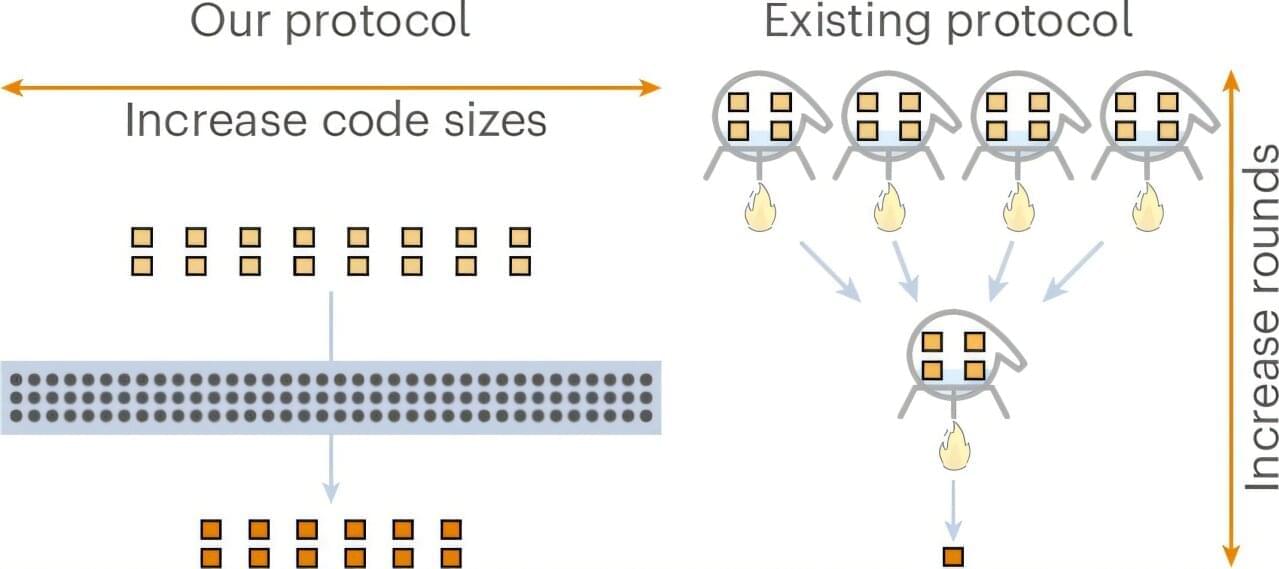
Researchers have demonstrated that the theoretically optimal scaling for magic state distillation—a critical bottleneck in fault-tolerant quantum computing—is achievable for qubits, improving on the previous best result by reaching a scaling exponent of exactly zero.
The work, published in Nature Physics, resolves a fundamental open problem that has persisted in the field for years.
“Broadly, I think that building quantum computers is a wonderful and inspiring goal,” Adam Wills, a Ph.D. student at MIT’s Center for Theoretical Physics and lead author of the study, told Phys.org.

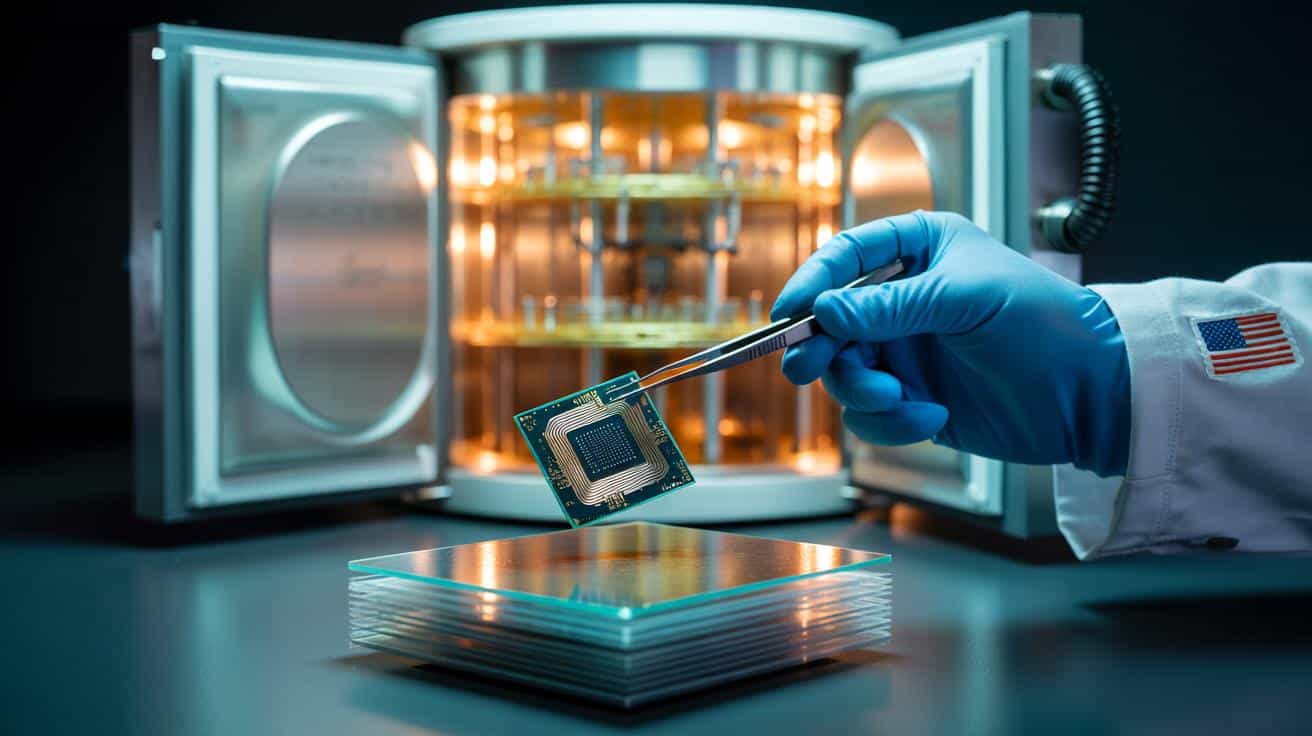
Engineers have coaxed them into lasting longer, using a smarter materials stack and some painstaking fabrication.
Researchers in the United States say a superconducting qubit now holds its state for more than a millisecond, long enough to change how we think about useful quantum circuits. The result pushes lab records and nudges industrial roadmaps toward designs that look manufacturable rather than bespoke.
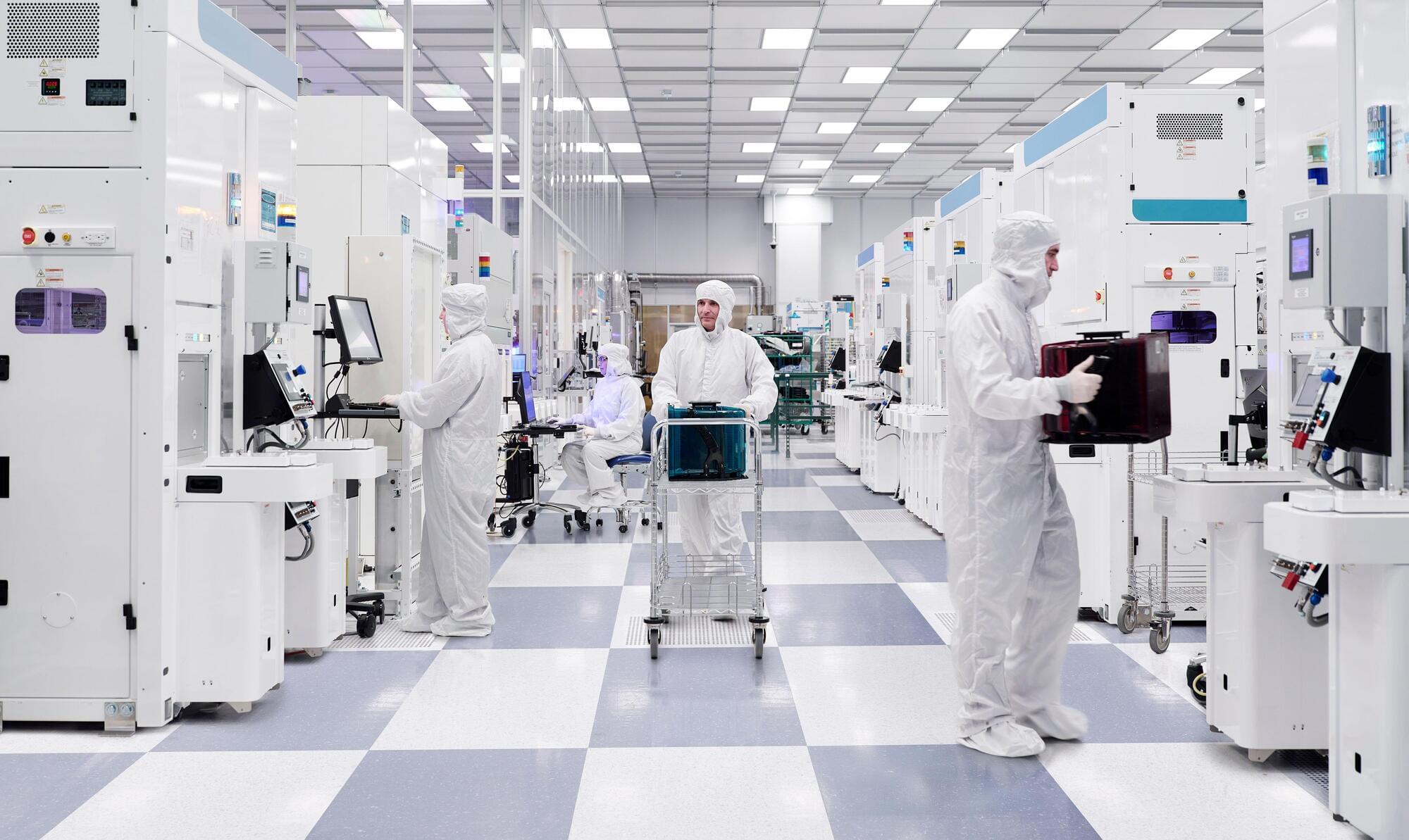
IBM Quantum Nighthawk is IBM’s most advanced quantum processor to date, engineered specifically to achieve “quantum advantage” by the end of 2026—when a quantum computer can solve a practical problem better than any classical-only method. Key capabilities.
An inside look at how IBM® is using state-of-the-art 300mm semiconductor fabrication technology to build the future of quantum hardware.
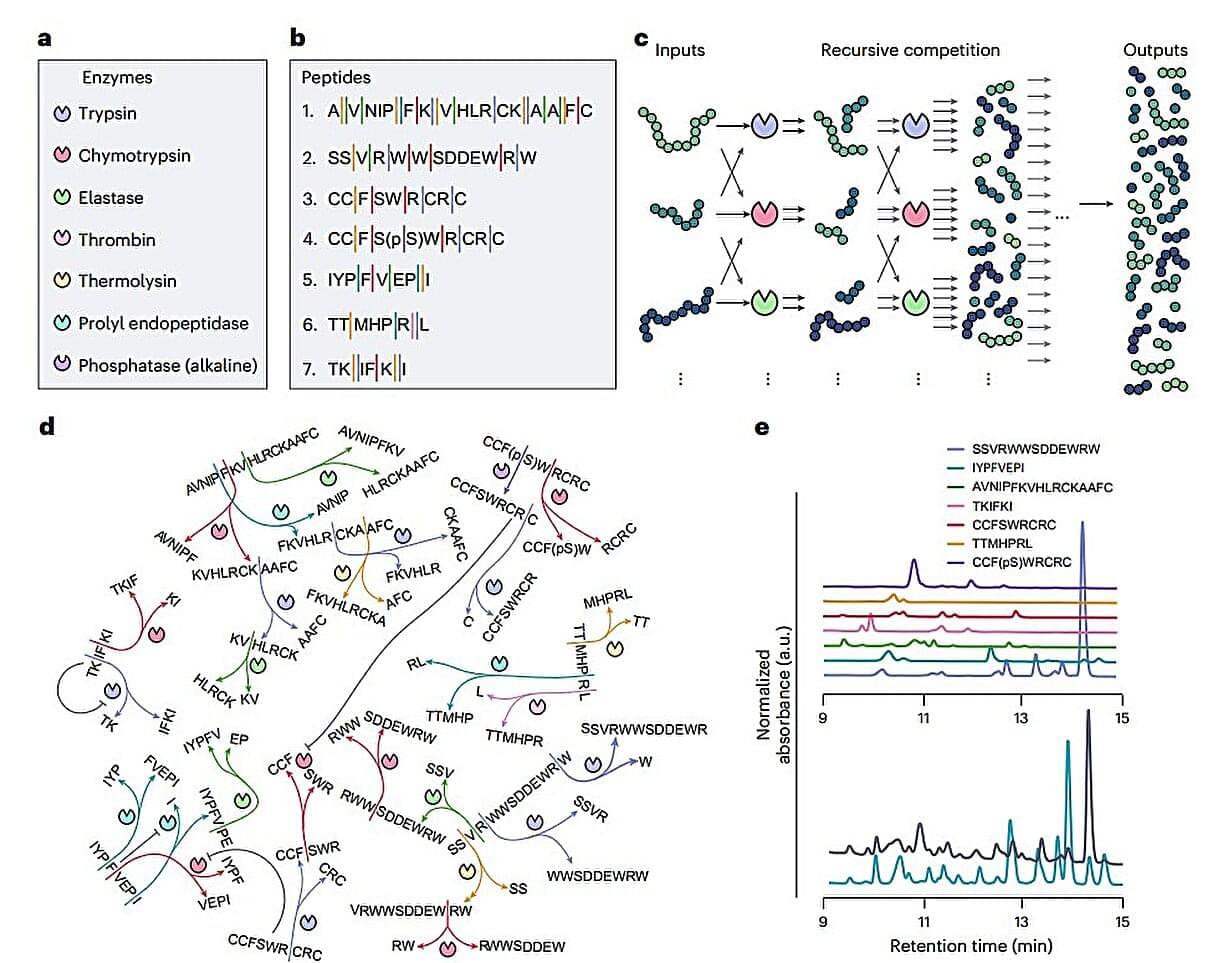
The ability to respond to changing surroundings was once considered exclusive to complex living organisms. Then came computers, specially designed for stimulus–response tasks, which can take in signals from their environment and choose what to do next based on the instructions already written into them.
Scientists have long wanted to replicate this kind of behavior in chemical systems. Life and computers both need many parts working in sync to make decisions, so expecting a handful of chemicals in a test tube to do the same seemed quite far-fetched.
Not anymore. A team of researchers from the Netherlands and Australia has developed a novel chemical network where different peptides compete for enzymes—specifically proteases arranged in a network. This competition causes the chemical mixture to reorganize itself, forming an enzymatic network that adapts to the external environment.
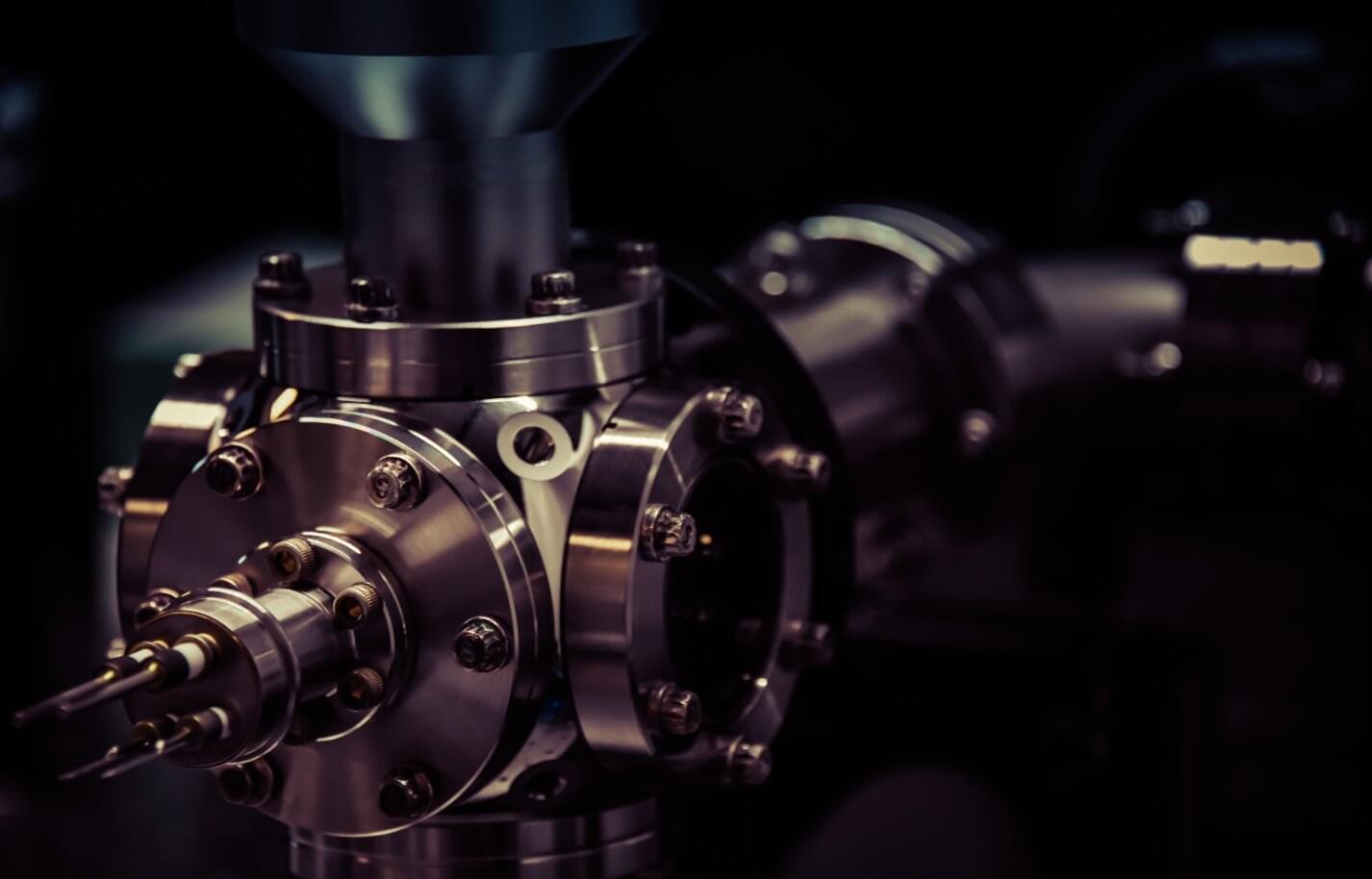
Quantum computers, machines that process information leveraging quantum mechanical effects, could outperform classical computers on some optimization tasks and computations. Despite their potential, quantum computers are known to be prone to errors and their ability to perform computations is easily influenced by noise.
Quantum scientists and engineers have thus been developing verification protocols, tools designed to check whether quantum computers are computing information correctly. Ideally, these protocols should also provide cryptographic security, meaning that they should ensure that the information processed by computers cannot be forged or tampered with by malicious users.
Researchers at Sorbonne University, University of Edinburgh and Quantinuum recently introduced a new on-chip cryptographically secure verification protocol for quantum computers. The new protocol, outlined in a paper published in Physical Review Letters, was successfully deployed on Quantinuum’s H1-1 quantum processor.
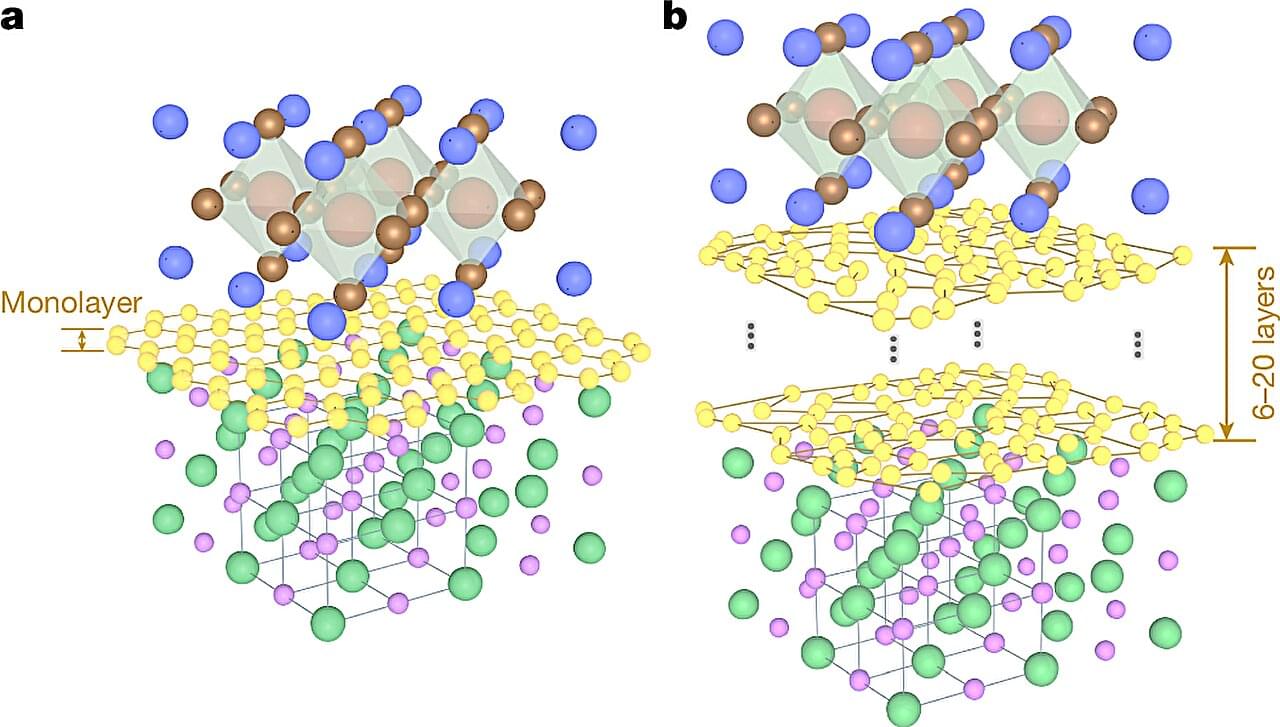
A team led by researchers at Rensselaer Polytechnic Institute (RPI) has made a breakthrough in semiconductor development that could reshape the way we produce computer chips, optoelectronics and quantum computing devices.
The team, which also includes researchers from the National High Magnetic Field Laboratory, Florida State University and SUNY Buffalo, published their findings last month in Nature. Their work deepens the understanding of remote epitaxy, a manufacturing technique that entails growing high-quality semiconducting films on one substrate and then transferring them to a different one.
Remote epitaxy works by placing a thin buffer layer between a substrate and a growing crystal film. The substrate’s atomic structure guides the crystal’s growth through the buffer, but the buffer prevents permanent bonding—meaning that the finished crystal layer can be peeled off and moved elsewhere.
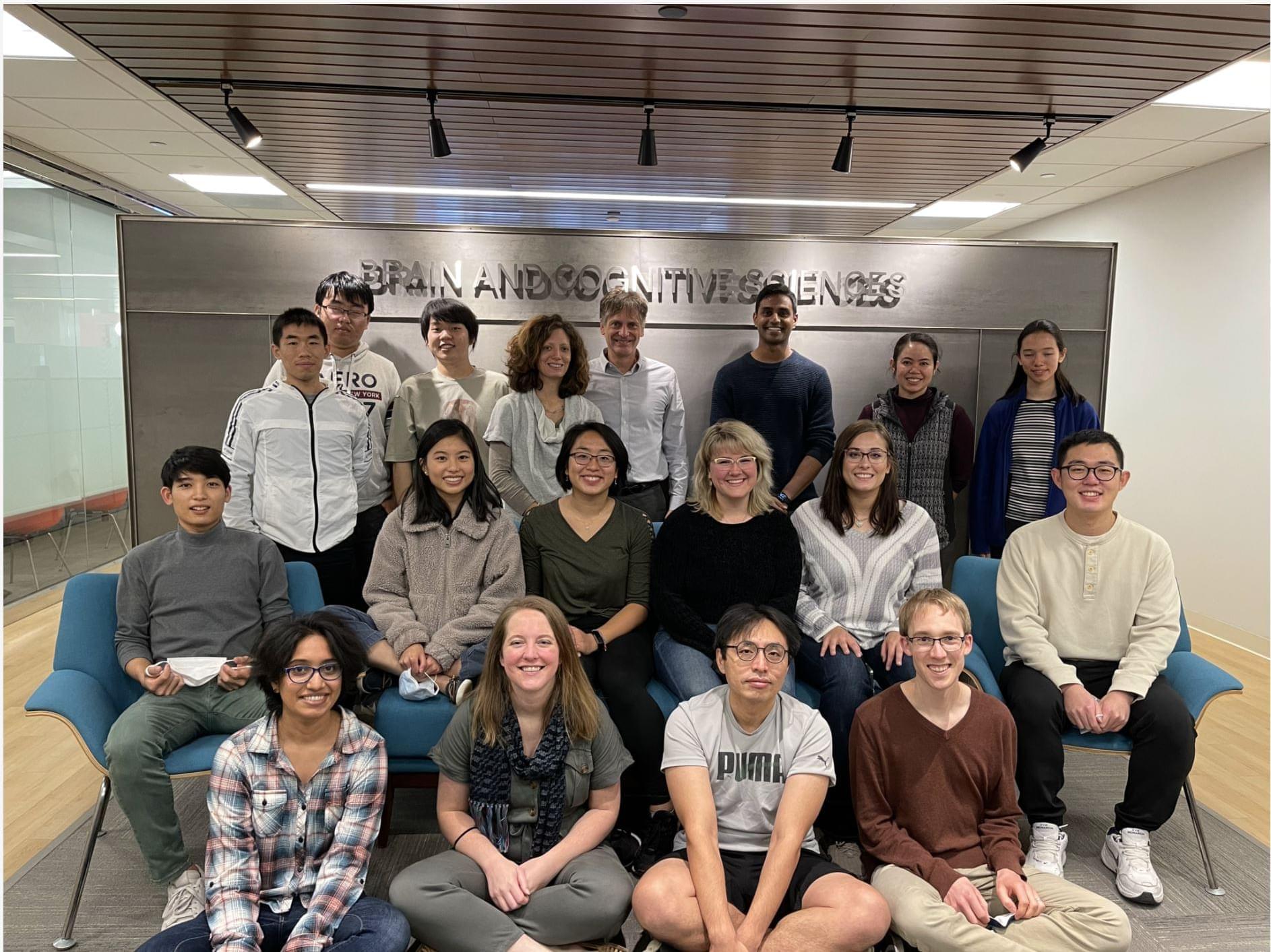
This pales into comparison to ChatGPT which can effectively read and analyze tens of thousands of words per second, since I process text computationally rather than linearly.
What if there was an invention or the concept of an invention that could be created to enhance a human beings capacity to read just as quickly as ChatGPT’s? I tasked ChatGPT with a step-by-step process to create that invention:
Here’s a concrete, neuroscience-grounded invention plan to push human reading toward “machine-speed”—while keeping comprehension and recall intact.
—
## 0) Core idea (one sentence)
Exploit the brain’s natural reading pipeline—VWFA → Wernicke (lexico-semantic) ↔ Broca (phonological sequencing) with eye-movement–driven coarse-to-fine vision—by timing text delivery to your saccade/ fixation cycle, suppressing unnecessary subvocalization, and entraining semantic parsing rhythms. ([PMC][1])
## 1) Hardware & sensing.